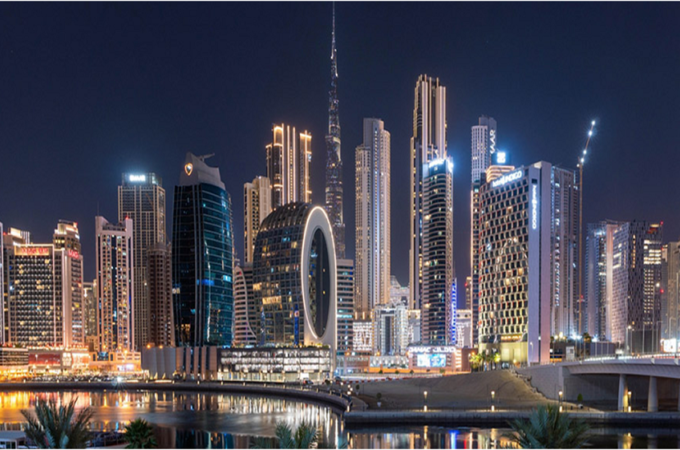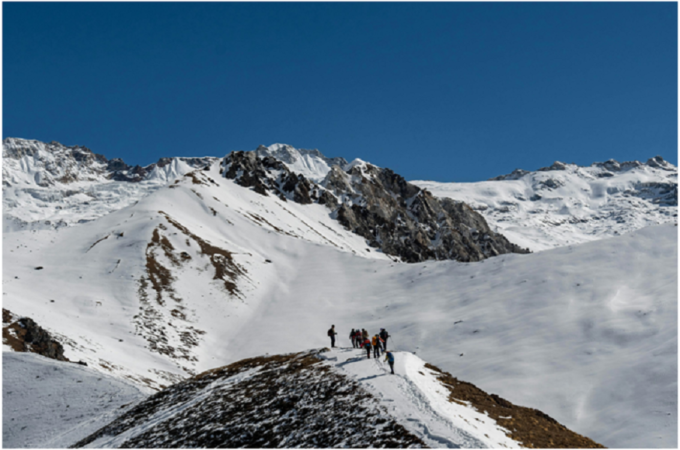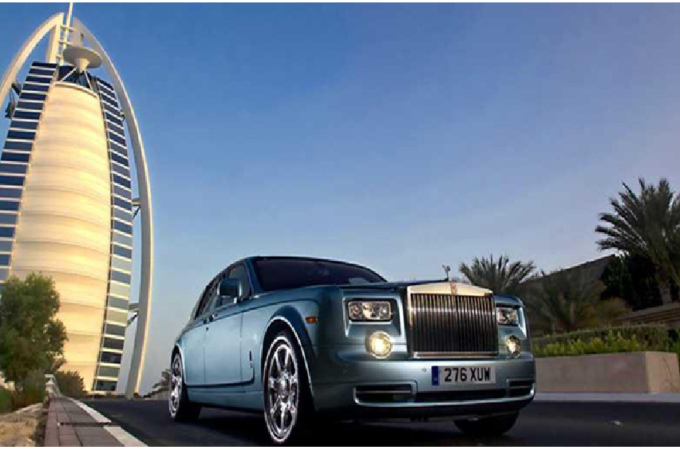
The Crown Course: EBC, Cho La, Island Peak
The Regal Door to Everest
Every extraordinary travel through the Himalayas begins with a step onto the amazing Everest Base Camp (EBC) path. Known all inclusive as a ceremony of section for trekkers and mountain climbers, the EBC trek is more than a physical adventure—it’s an otherworldly and social voyage into the heart of the Khumbu region.
Starting from Lukla, the path winds through bustling Sherpa towns like Namche Bazaar and Tengboche, where antiquated religious communities offer impressions into Tibetan-Buddhist conventions. Towering peaks like Thamserku, Ama Dablam, and Lhotse shadow your way, building expectations with each rising. The landscape is sensational however fulfilling, with swinging suspension bridges, profound stream valleys, rhododendron timberlands, and all encompassing perspectives like Kala Patthar—a fabulous 5,545-meter roost that offers jaw-dropping dawn views of Everest’s summit.
But the EBC trek isn’t fair around Everest. It’s almost drenching. Teahouse neighborliness brings warmth to bone chilling nights, where trekkers accumulate around fire-heated feasting corridors to swap stories, share chuckling, and feel a significant sense of worldwide camaraderie. Acclimatization days, particularly in Namche and Dingboche, permit travelers to investigate side trails, supporting the body while enhancing the involvement with covered up gems.
By the time you reach Everest Base Camp at 5,364 meters, you’re not fair standing underneath the world’s tallest mountain—you’re standing on dreams realized. But for those chasing more than fair base camp radiance, this is as it were the starting of the Crown Route.
Cho La Pass trek: Crossing into the Wilderness
The Cho La Pass trek is the beating, solidified heart of the Crown Course. Tucked between EBC and the Gokyo locale, this high-altitude mountain pass—sitting at an imposing 5,420 meters—ushers you from the recognizable EBC path into crude, frigid wilderness. The course isn’t simple; it’s soak, frosty, and requests center, but it rewards the brave with perfect confinement and marvelous common beauty.
From Dzongla, the path to Cho La starts with rough climbs, some time recently coming to the base of the pass. An ice sheet extends after, frequently covered in new snow, where crampons end up fundamental. The climb is tough and specialized in parts, but sensible for fit trekkers with essential mountaineering equipment. The climate is pure—silent, but for crunching snow and the incidental whoosh of wind.
Upon coming to the best of Cho La, you’re welcomed by spiked peaks puncturing through clouds, supplication banners shuddering against sapphire skies, and the powerful Ngozumpa Icy mass in the distance—the longest in Nepal. It’s a grand exhibition, as in spite of the fact that the Himalayas themselves are praising your arrival.
Descending into the Gokyo Valley, the path strings past turquoise lakes and edges that offer sees of Cho Oyu (8,188m) and other mammoths.For those with time and vitality, a dawn climb up Gokyo Ri( 5,357 m) offers supposedly the stylish 360- degree scene in the region — Everest, Lhotse, Makalu, and Cho Oyu each in one reach.
Cho La Pass is further than a crossing; it’s a trip through the wild side of the Khumbu, a physical and enthusiastic ground between trekking and mountaineering.
Island peak Climbing: Summiting the Crown Jewel
Island peak climbing , locally known as Imja Tse, rises to 6,189 meters like an idealized elevated tower settled in the midst of the mammoths of the Himalayas. As a portion of the Crown Course, it stands not as a challenge, but as a delegated achievement—a section into the world of Himalayan mountaineering.
The climb starts from Chhukung, a little settlement in the Imja Valley, where trekkers get ready for the summit thrust by acclimatizing and experiencing fundamental climbing preparation. The course rises relentlessly through moraine areas to Island peak Base Camp, and from there, a pre-dawn snow capped summit begins the summit bid.
The climb itself is a mix of high-altitude trekking and ice sheet travel. Whereas not as actually requesting as Everest or Lhotse, Island peak requires appropriate gear—crampons, tackles, settled ropes, and ice axes—as well as strong wellness and mental coarseness. The last headwall close to the summit is a soak ice slant that requests fixed-rope utilization, center, and determination.
Reaching the summit is not at all like anything else. The sea is fabulous: Nuptse’s frigid dividers, Lhotse towering over, and Makalu approaching distant off—all shaping a post of white, with Island peak advertising a position of authority in the center. Underneath, the Imja Ice sheet sparkles like an ocean of solidified silver. You feel on beat of the world, indeed if Everest looms taller—it’s your summit, your triumph.
What makes Island peak uncommon is not the fair stature, but the change it brings. It’s a climber’s first taste of genuine Himalayan alpinism, regularly starting dreams of more prominent statues. And when it’s a portion of a trip that started at EBC and crossed Cho La, the sense of accomplishment is amplified tenfold.
The Crown Course Involvement: One Path, Unbounded Stories
The combination of EBC trek, Cho La Pass, and Island peak Climbing shapes what is legitimately named the Crown Route—a high-altitude trek that consolidates trekking, mountaineering, social inundation, and crude Himalayan wilderness into one consistent adventure.
This course is perfect for those looking for more than a customary trek. It offers the full Himalayan range: the otherworldly tranquility of religious communities and mani dividers, the beat of Sherpa towns, the wild chill of ice sheet intersections, and the pulse-pounding excitement of summiting a 6000+ meter peak.
Logistically, the trek ranges generally 20–24 days, depending on climate, acclimatization, and rest days. It’s best endeavored between March-May and September-November, when climate windows adjust and trails are most traversable. Enlisting certified guides, watchmen, and joining organized endeavors for Island peak is profoundly prescribed for security and support.
Physically and rationally, the course challenges and changes you. Whether it’s pushing through elevation migraines, exploring frigid ridgelines, or standing breathless underneath Everest’s look, the travel carves exceptional recollections into your soul. The companionships produced, the calm minutes of reflection, and the sheer scale of the mountains all combine into a story you’ll carry forever.
Final Contemplations: A Way for the Bold
“The Crown Route” is not simply a trekking itinerary—it’s a representation for individual rising. From the notorious trails of EBC, over the icebound bridge of Cho La, to the windswept summit of Island peak, this course is where trekkers ended up mountain climbers, and drifters became warriors of the wild.
For those willing to grasp the lean discussion, the weakness, and the exertion, the compensation is unparalleled. Not fair in photos or summit banners, but in a more profound, inside move. The Himalayas don’t fair to you their peaks—they uncover your own.
So, if you’re imagining a Himalayan trip that tests each portion of you, select the Crown Course. It’s more than a trek. It’s a change.





